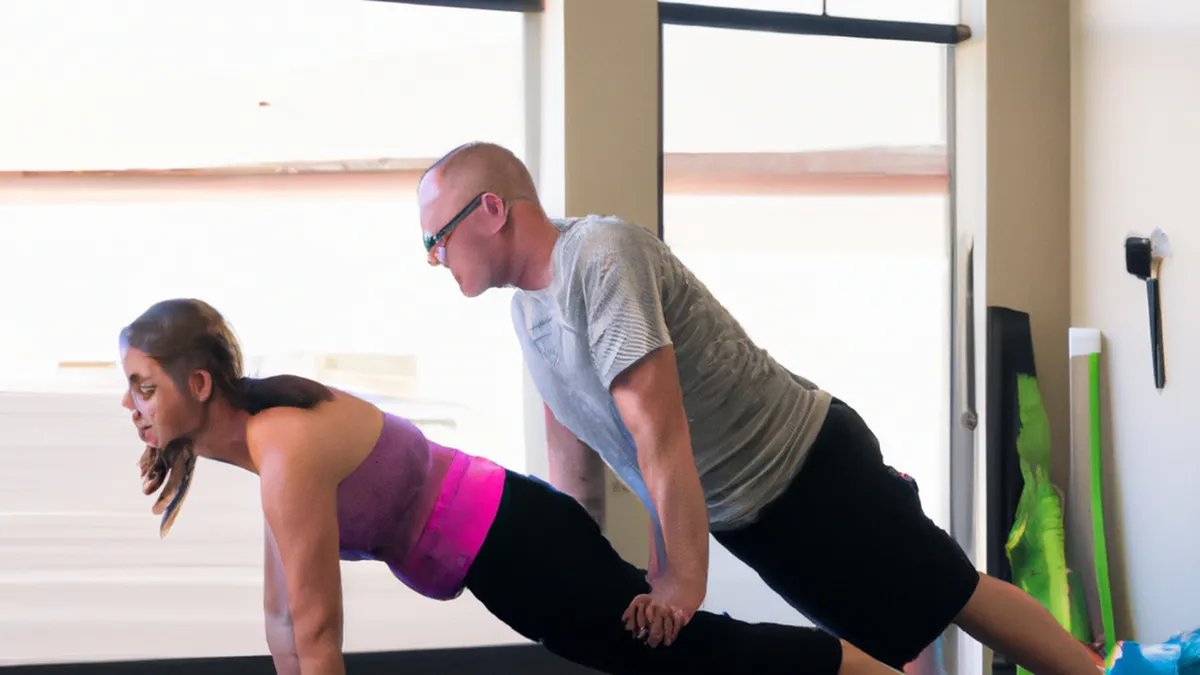Band Together: Effective Home Workouts
Resistance Bands for At-Home ExercisesFinding time for the gym can feel impossible. Resistance bands provide a practical solution. You can work out effectively at home using these versatile tools. They help you build strength, improve flexibility, and enhance your workout routine. Let’s explore how to use resistance bands effectively and discover their advantages and tips for maximizing workouts.
What Are Resistance Bands?
Resistance bands are elastic bands available in various lengths and thicknesses. They create resistance during workouts, increasing exercise difficulty. You can use them for strength training, stretching, and rehabilitation. Their portability makes them perfect for home workouts or travel, helping you maintain fitness anywhere.
Types of Resistance Bands
Resistance bands come in several types, each serving a different purpose:1. **Loop Bands**: These circular bands add resistance for lower body exercises. Place them around your thighs or ankles for squats, leg lifts, and glute bridges.2. **Tube Bands**: These bands have handles at each end. Use them for upper body workouts like bicep curls, tricep extensions, and shoulder presses. The handles provide a comfortable grip.3. **Flat Bands**: These flat, wide bands work well for stretching and physical therapy. They improve flexibility and range of motion, making them popular among rehabilitation patients.4. **Figure-8 Bands**: These bands resemble the number eight and feature two handles. Use them to target specific muscle groups in upper and lower body workouts.5. **Heavy-Duty Bands**: These thicker bands provide more resistance. They suit advanced users looking for a higher challenge during workouts.
Tips for Using Resistance Bands
As an Amazon Associate I earn from qualifying purchases.
Gear tip: consider resistance bands, desk cycle, and ergonomic footrest to support this topic.
Using resistance bands effectively can elevate your workouts. Here are some tips to get started:
Start with the Right Band
Choose a band that matches your fitness level. Beginners should start with lighter bands to avoid overexertion. Gradually increase resistance as you grow stronger. This progression helps prevent injury and keeps workouts effective.
Maintain Proper Form
Focus on your form while using resistance bands. Good form helps target the right muscles and reduces injury risk. Engage your core, maintain a neutral spine, and avoid momentum. Slow, controlled movements yield the best results and maximize muscle engagement.
Incorporate Different Exercises
Mix up your routine with various exercises to keep workouts interesting and target different muscle groups. Here are a few exercises to consider:- **Squats**: Stand on the band and hold the handles at shoulder height for resistance.
Conclusion
Resistance bands offer effective at-home workouts. They enhance strength, flexibility, and overall fitness. Use them wisely for optimal results.
Below are related products based on this post:
FAQ
What are resistance bands?
Resistance bands are elastic bands that come in various lengths and thicknesses. They create resistance during workouts, making exercises more challenging, and are useful for strength training, stretching, and rehabilitation.
What types of resistance bands are available?
There are several types of resistance bands, including loop bands, tube bands, flat bands, figure-8 bands, and heavy-duty bands. Each type serves different purposes, such as targeting specific muscle groups or providing varying levels of resistance for workouts.
How can I use resistance bands effectively?
To use resistance bands effectively, start with a band that matches your fitness level and focus on maintaining proper form during exercises. Gradually increase resistance as you become stronger and incorporate a variety of exercises to keep your workouts engaging and effective.















Post Comment